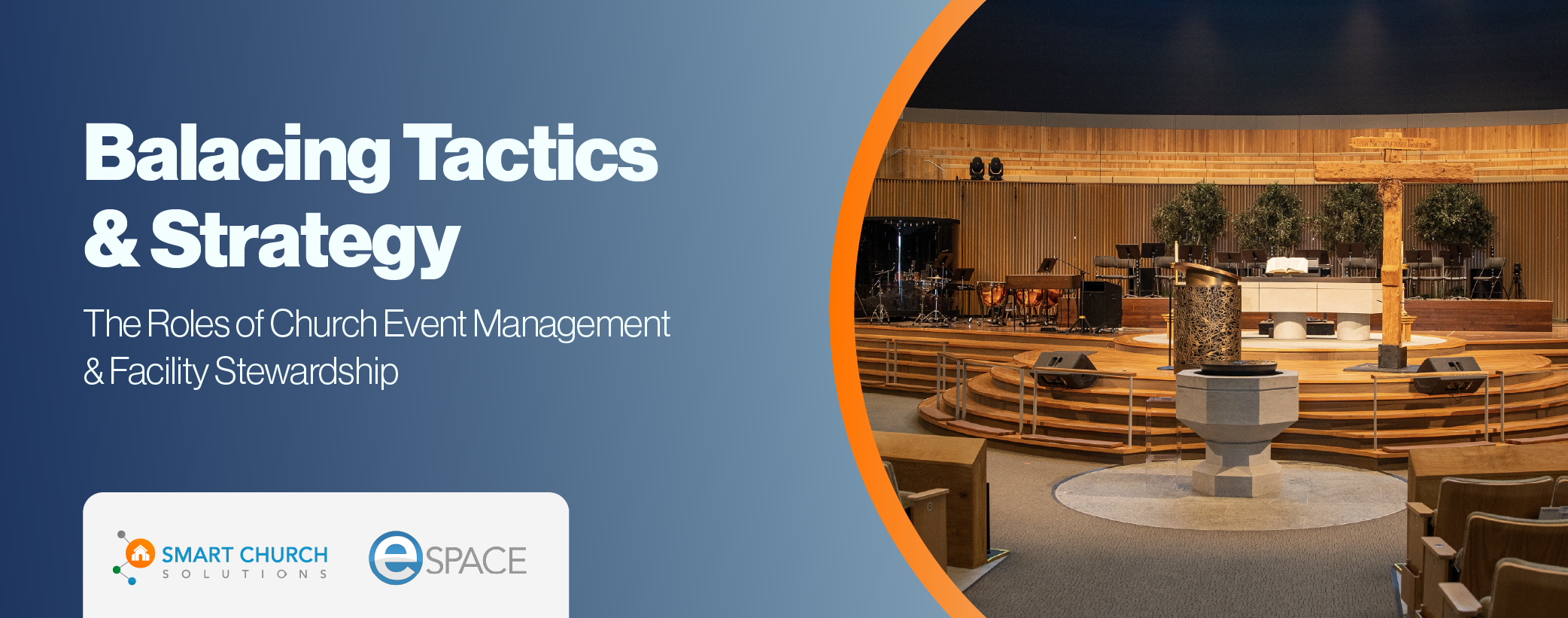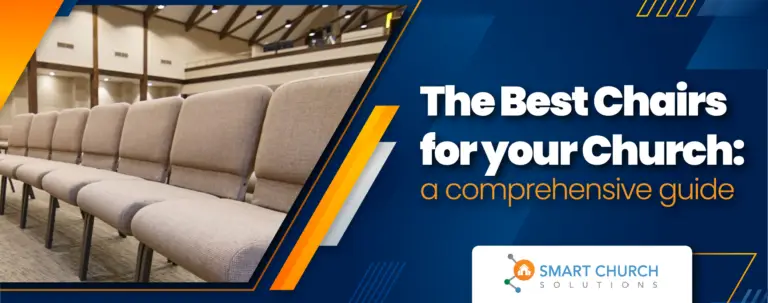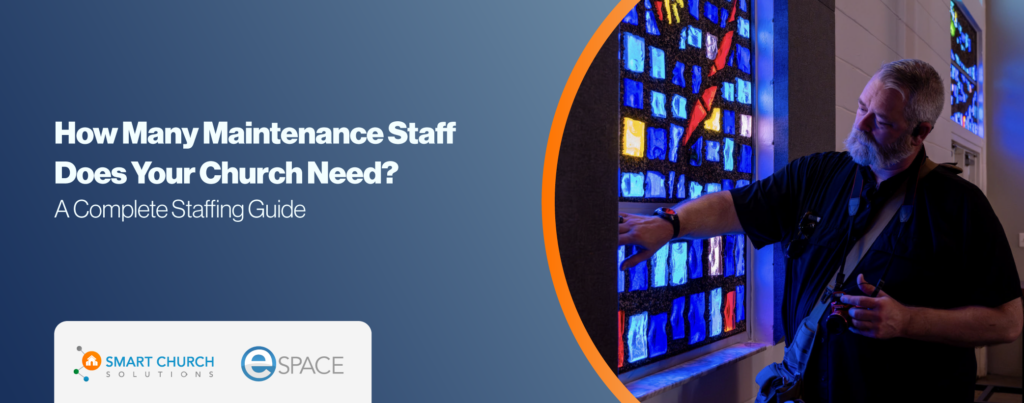Churches are not just spiritual centers. They are hubs for community activities, where managing events and facilities effectively is crucial for fostering community engagement and spiritual growth. In the following paragraphs, we will dive into how church event management is a tactical approach, how facility stewardship is a strategic endeavor, and why both are vital for church communities’ long-term sustainability and mission.
Understanding the Roles of Event Scheduling, Facility Management, and Stewardship
Scheduling events and managing facilities involve different responsibilities and skills, though they can overlap in certain contexts. Scheduling events primarily focuses on the organization and timing of specific activities. This includes setting dates, coordinating with participants, ensuring resources are available when needed, and managing the sequence of event activities. It’s a task that requires attention to detail, good communication skills, and a knack for problem-solving to handle last-minute scheduling changes.
On the other hand, facility management involves a broader scope of managing physical spaces and services. It includes maintaining buildings and equipment, ensuring safety and compliance with regulations, and optimizing the use of space and resources. Facility managers must oversee the physical upkeep, plan for long-term building needs, and often manage budgets and staff.
Stewardship refers to the responsibility of overseeing and protecting something worth caring for and preserving, often used in the context of managing resources or property. This can include aspects of facility management that involve ensuring that physical assets are cared for and used sustainable and effective ministry tools for the long term.
While distinct, these roles often support one another. For example, effective facility management can improve the ease and efficiency of event scheduling by ensuring venues are well-maintained and properly equipped. Meanwhile, good stewardship can ensure that facilities and event planning are carried out in a way that respects and preserves the value of the resources involved.
Understanding the Tactical: Event Management
Event management in a church setting involves the detailed coordination of all event aspects—from planning stages through execution. This includes logistics such as scheduling, resource allocation, volunteer coordination, and attendee management. Each event, whether a Sunday service, wedding, or community outreach program, presents unique challenges and opportunities.
The key tactical elements include:
- Logistics and Coordination: Ensuring that all physical resources, from chairs to audio-visual equipment, are in place and functional.
- Communication: Keeping all stakeholders informed, including congregation members, event participants, and community neighbors.
- Volunteer Management: Mobilizing and managing volunteers effectively to ensure they are engaged and their contributions are aligned with the event’s needs.
The tactical nature of event management is about adaptability and immediate problem-solving, ensuring that each event runs smoothly and meets its objectives.
Embracing the Strategic: Facility Stewardship
While event management addresses immediate needs, facility stewardship takes a broader, more strategic approach. This involves the long-term management and planning of church properties and resources to support current and future ministry activities.
Strategic facility stewardship includes:
- Maintenance and Upgrades: Regular maintenance schedules and planned facility upgrades ensure the church can meet current and future needs.
- Sustainability Initiatives: Implementing energy-efficient practices and technologies reduces operational costs and aligns with stewardship of creation values. Significant system integrations utilizing IoT (Internet of Things) solutions can accomplish many of these initiatives.
- Life Cycle Planning: Planning for future capital renewals may be one of the most strategic functions of a facility steward and church leadership. Planning for the inevitable life cycle issues is critical and often ignored.
- Staffing: Events are great. Our team believes that if a church wants to have a facility, it should be used a lot. With that comes some intended consequences. How many people will it take to clean, maintain, repair, provide security, etc.? This, too, is a critical strategic puzzle that must be considered.
Strategic facility stewardship is about looking ahead and planning for the future, ensuring the church can continue serving its mission effectively and sustainably. Think of it this way: Would you plan to have one party at your house every weekend for a year and not plan on cutting the grass, cleaning the floors, confirming that the HVAC is working correctly, cleaning the carpet, wiping down the windows, making sure the toilets function properly, and so on? You get the point.
Integrating Tactical and Strategic Approaches
The best-managed churches integrate tactical and strategic approaches, creating a dynamic system where immediate needs and long-term goals support one another. By harmonizing these two perspectives, churches can respond effectively to present demands and build a sustainable foundation for future growth and community engagement.
Here’s how they can complement each other:
- Event Feedback for Long-Term Planning: Information and feedback gathered from individual events can inform broader strategic decisions about facility improvements and community engagement strategies.
- Strategic Decisions Guiding Event Choices: Long-term facility plans might dictate the type, scale, and frequency of events the church can host, impacting tactical event management decisions.
- Budget Allocation: Strategic budgeting decisions about facility maintenance and upgrades can affect the resources available for event management and vice versa.
Conclusion: It’s All About Balance
Effective church management requires both excellent tactical event management and strategic facility stewardship. By understanding and implementing both, church leaders can ensure their facilities are not only well-maintained and strategically planned but also vibrant centers of activity that meet the needs of their communities. Balancing these approaches helps maintain a dynamic equilibrium that nurtures both the attendees’ immediate experience and the church’s long-term mission.
Bottom line: Event Management/Scheduling is not the same as Facility Management/Stewardship. If your church only has an event calendar, you have less than 50% of what you need to truly steward the facilities God has entrusted to you.








